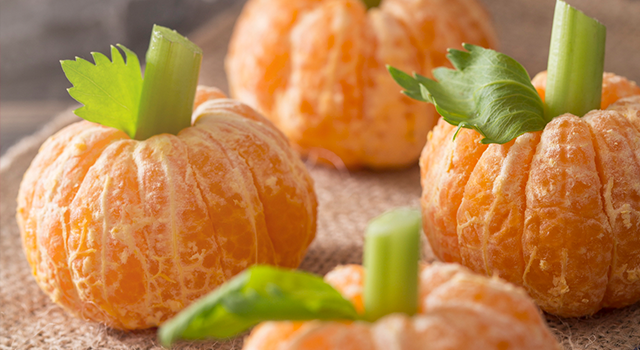
Nutrition is undoubtedly a tricky subject. One day headlines will tell you that eggs are good for you, and the next you might encounter studies indicating just the opposite. It’s not just specific foods that cause confusion—entire food groups or nutrients have been put under scrutiny with opinions of their health benefits (or lack thereof) changing all the time. In the 80s, dietary fat was the enemy, so low-fat became a trending label for food products from frozen meals to prepackaged cookies. Now, however, it is recognized that different types of fat have different properties, and some are, in fact, good for you. What’s more is that the influx in low-fat products led to a higher concentration of sugar in food to keep calorie counts at the same level. Today, you’ll see a similar trend with the gluten-free label, which has become synonymous with “healthy” despite the fact that eating a gluten-free diet has no distinctive benefits for anyone who does not have a wheat allergy or celiac disease.
To compound the problem of discerning what’s good for you and what’s not, everyone will have unique dietary needs depending on their tolerances for certain foods, their metabolism, and other factors. Below you can find some tips that will guide you toward the right diet for your body rather than generic nutritional guidelines that don’t work for you.
See a Doctor Before Beginning Any New Diet
Whether your goal is to lose weight, gain weight, or simply be healthier, consulting a physician will be a great first step in shifting your dietary habits. Your doctor can test your hormone levels and metabolic rate while assessing your health history to pinpoint what you should eat more of and what you should avoid or cut out completely.
Avoid Food Trends and Fads
A recent study has shown that a gluten-free diet is not healthy for individuals who do not have celiac disease. Yet, there is still a huge gluten-free trend that is followed by people who are perfectly tolerant of this protein. While it may seem tempting to go along with this and other food crazes that have people raving about a wide range of health benefits, it’s important to recognize that much of the evidence cited for the benefits of fad diets is purely anecdotal.
Get Tested for Food Allergies
While some food allergies (like peanut and shellfish allergies) are known to cause severe symptoms, other types of food allergies may not be so obvious. Therefore, it might be beneficial to have an allergy test to determine which, if any, foods you are allergic to so you know what to avoid in your diet. If you frequently experience digestive discomfort, have difficulty losing weight, or have other ongoing discomforts without any clear explanation, it is possible that you could have a food allergy you don’t know about. Additionally, food allergies might be managed through controlled exposure therapy, so you may be able to overcome an intolerance to a certain food once you identify the allergen.
As you work to separate the hype of fad diets from sound nutritional advice, connect with a MeMD provider to get the facts straight. Our doctors are available around the clock for online consultations, so you can fit the healthcare you need into even the busiest of schedules.
The post Eat for Your Body, Not Someone Else’s appeared first on MeMD.












































